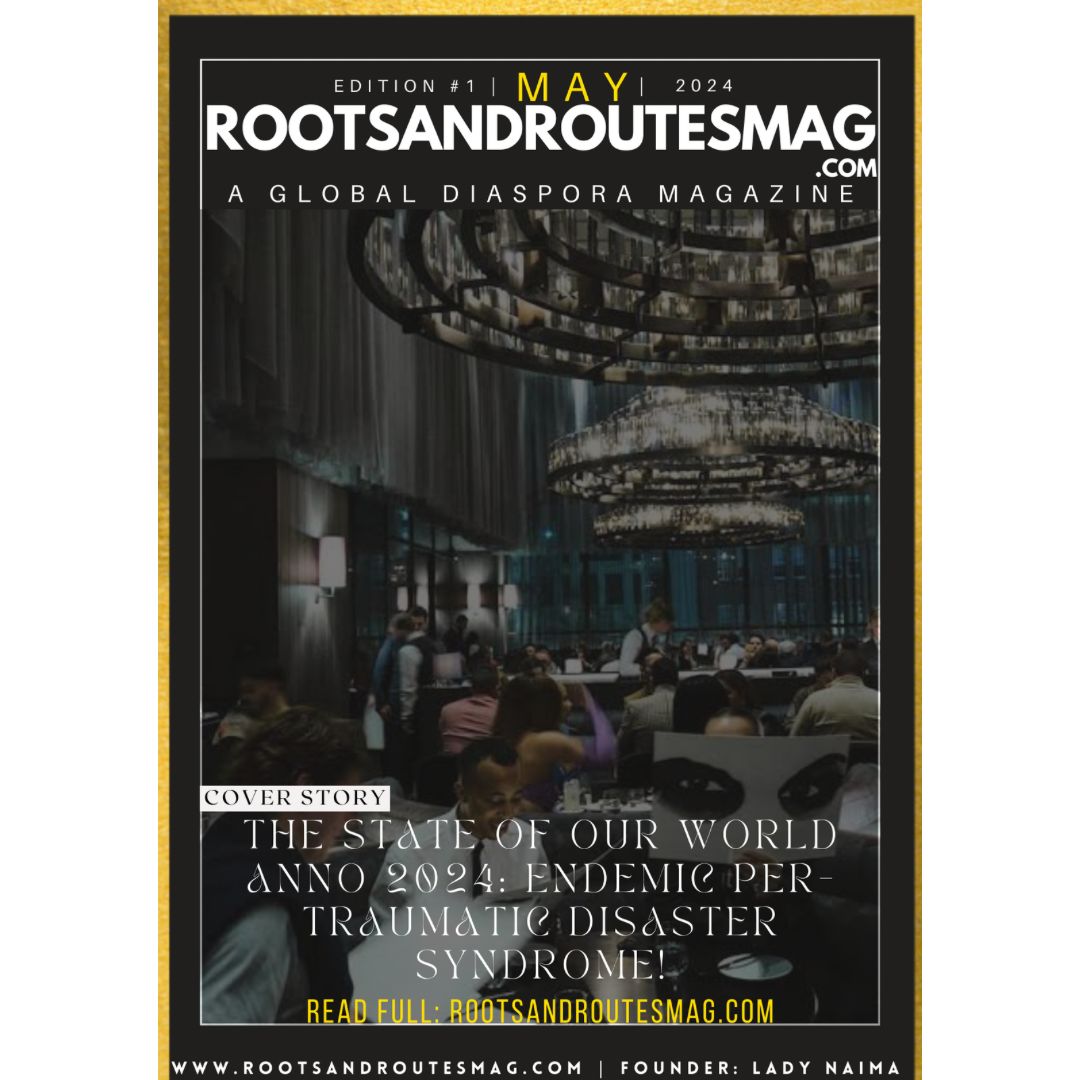The state of our world anno 2024: Endemic Per-Traumatic Disaster Syndrome!

In our increasingly unpredictable world, understanding psychological responses to disasters is more important than ever. Per-Traumatic Disaster Syndrome (PTDS) is a new concept that captures the psychological state experienced during a catastrophic event. By exploring PTDS, we can enhance our ability to support affected individuals and build a more resilient global society.
Understanding Per-Traumatic Disaster Syndrome (PTDS)
What is PTDS?
Per-Traumatic Disaster Syndrome describes the immediate psychological impact of a catastrophic event as it unfolds. Unlike pre-traumatic stress, which involves anxiety and anticipation before an event, or post-traumatic stress, which deals with the aftermath, PTDS focuses on the acute psychological responses during the disaster itself.
Key Features of PTDS
- Acute Stress Response: Heightened anxiety, fear, and feelings of helplessness are common during the event.
- Disorientation and Shock: Cognitive functions can be impaired, leading to confusion and difficulty processing the situation.
- Survival Instincts: Individuals experience an intense focus on immediate survival, with physiological responses such as increased heart rate and adrenaline surges.
- Emotional Numbing: To cope with the overwhelming situation, some may emotionally shut down, becoming detached from their surroundings.
- Memory Encoding: The event often leaves vivid, sometimes fragmented or disorganized, memories, affecting later trauma processing.
Causes of PTDS
PTDS can be triggered by various catastrophic events, including natural disasters (earthquakes, floods, hurricanes) and human-made events (wars, terrorist attacks, major accidents). The sudden, life-threatening nature of these events overwhelms an individual’s capacity to cope, leading to the development of PTDS.
Factors Influencing PTDS Severity
- Exposure Duration: Longer exposure to the disaster increases the likelihood of severe symptoms.
- Proximity to the Disaster: Those closer to the epicenter experience more intense psychological impact.
- Event Severity: More severe and destructive events lead to higher levels of stress.
- Personal and Social Vulnerability: Individuals with pre-existing mental health conditions, limited social support, or previous trauma are more susceptible.
- Lack of Preparedness: Unexpected disasters exacerbate feelings of helplessness and panic.
Symptoms of PTDS
PTDS symptoms typically fall into three categories: emotional, cognitive, and physical.
Emotional Symptoms
- Intense fear and anxiety
- Feelings of helplessness and hopelessness
- Emotional numbness or detachment
- Panic attacks
- Intense sadness or grief
- Anger and irritability
Cognitive Symptoms
- Confusion and disorientation
- Difficulty concentrating
- Intrusive thoughts and flashbacks
- Impaired decision-making
- Memory loss, including difficulty recalling details of the event
- Persistent worry or fear about future disasters
- Nightmares or distressing dreams
Physical Symptoms
- Hypertension
- Rapid heartbeat and chest pain
- Palpitations and other heart conditions, such as arrhythmia
- Shortness of breath
- Sweating and trembling
- Gastrointestinal distress
- Headaches and dizziness
- Fatigue and exhaustion
- Muscle tension and pain
These symptoms often emerge immediately during or after the disaster and can persist if not addressed promptly.
Coping Strategies for PTDS
Effective management of PTDS involves immediate psychological first aid and long-term strategies to build resilience.
Immediate Psychological First Aid
- Ensure Safety and Comfort: Provide a safe environment with access to basic needs like food, water, and shelter.
- Calm and Reassure: Use calming techniques to reduce panic and provide reassurance about the situation and ongoing efforts.
- Connect with Support: Facilitate connections with loved ones and support networks for emotional comfort.
Long-term Strategies
- Mental Health Support: Professional counseling and therapy help individuals process their experiences and develop coping mechanisms.
- Community Support Groups: Participation in support groups provides solidarity and reduces feelings of isolation.
- Education and Preparedness: Educating individuals and communities about disaster preparedness mitigates the impact of future events and enhances coping skills.
Conclusion
Per-Traumatic Disaster Syndrome (PTDS) represents a crucial area of study in trauma psychology. By shedding light on the immediate psychological effects of catastrophic events, we can develop more effective support and intervention strategies. Recognizing PTDS and addressing it promptly can significantly improve the resilience and recovery of individuals and communities, helping them navigate and overcome the challenges posed by disasters. Thanks!!!

Tariq Riaz is a passionate web developer and content generation expert.








